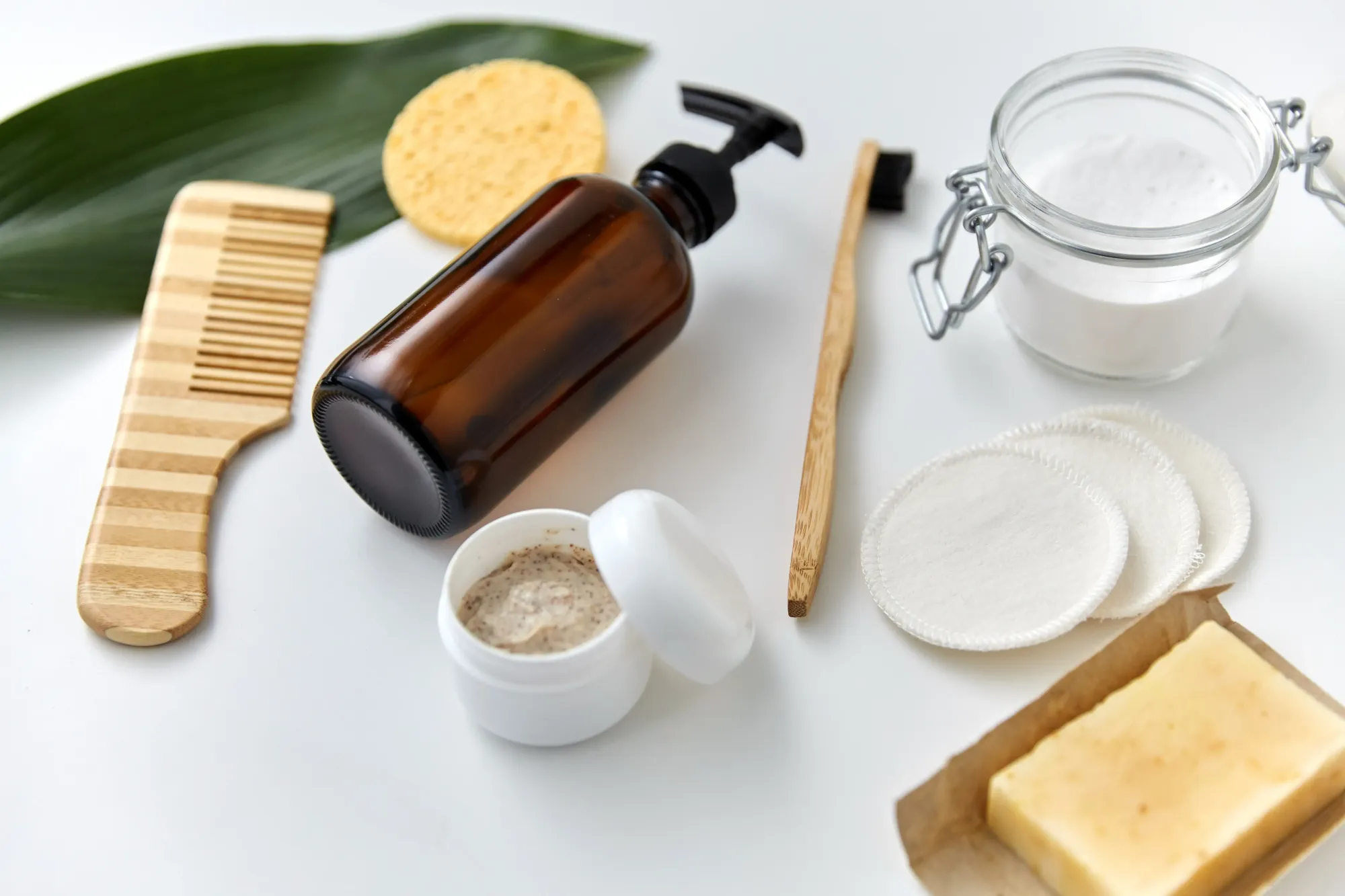
Green living has long been suggested as a guaranteed way to slow down climate change. It’s time for us to embrace the fact that green living is here to stay in order to limit our impact on the planet and protect the future generations and their wellbeing.
However, the amount of information available on green living and sustainability, can be overwhelming. So, we reached out to Supriya Patil, Environmental Expert at Grow-Trees.com, and asked her to debunk some common myths to help us make the best green decisions and encourage others to follow suit. Read on to know all that Supriya shared.
Myth 1. It’s impossible to avoid disposable plastic
We’ve grown to assume that there is no substitute that can match the affordability and convenience of plastics. However, finding alternatives to common items like plastic bottles and containers or plastic packaging has become relatively easier today. Plastic pollution can be greatly reduced by stocking up on reusable items or moving to eco-friendly alternatives such as stainless steel, glass, bamboo and hemp. As more of us seek non-plastic solutions, the amount of plastic produced and discarded will continue to drop.
via GIPHY
Myth 2: Buying a green car is a must
According to an expert at the Stockholm Environment Institute, the production of a modern car emits around 8 tonnes of CO2, the equivalent of driving 23,000 miles. This means that the greenest alternative may be to continue driving your current automobile, take public transportation, cycle to work, opt for car pooling, or just walk wherever possible.
Myth 3: You cannot contribute to afforestation initiatives while sitting at home
The urgent necessity for extensive planting projects has arisen as a result of our planet’s declining health. This is why Grow-Trees.com and a number of other organisations have launched initiatives that allow individuals and businesses to contribute to forest restoration from the comfort of their own homes.
Myth 4: Green living is expensive
Due to the high quality of products which are designed to endure longer and cause no harm to the environment, green living or sustainability may appear to be an expensive option. However, high-quality products last longer, which is good for the environment as well as your budget. Switching to green living while saving money can also be accomplished by shopping locally or secondhand.
via GIPHY
Myth 5: Paper is the healthiest plastic substitute
Although we may believe that paper is a more eco-friendly alternative to plastic, the environmental impact of paper production has numerous negative effects. Paper manufacture consumes 40% of all commercially cut timber on the planet. Let’s not forget how much water is utilised to make a single sheet of paper. The demand for notes and scribbles will continue to grow in spite the arrival of digitalisation, so we might as well convert to healthier alternatives like bagasse, bamboo, kenaf, or cotton paper.
Myth 6: Recycling is the solution to all environmental problems
Recycling is an important aspect of green living, but it isn’t the only one, and it isn’t the only solution for environmental degradation. Living a greener, healthier, and more sustainable lifestyle requires less consumption or thoughtful consumption. Everything we eat or buy has an effect on the environment. So, let us be mindful of our decisions.
Myth 7: An individual’s initiative will not make a difference
One person has far more power than we realise to effect change. If each of us believes that our own activities will have no substantial impact on the health of our planet, the damage we wreak on the environment and its inhabitants will be unimaginable. Every person’s actions and decisions matter, and they add up to create a huge effect. We need to let this thought guide all our daily activities and decisions.
via GIPHY







